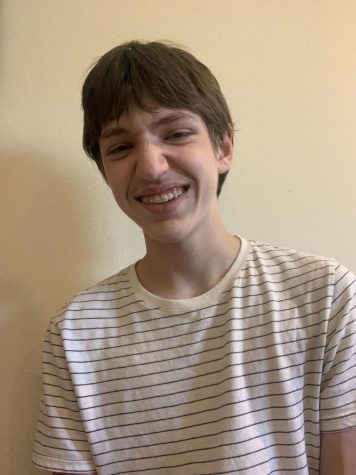COVID-19 affects specialized education plans and their implementation
Students with specialized education plans have had to adapt to learning in a virtual space during COVID-19.
It is common for students to say that distance learning has been quite an adjustment for them. Some say they can no longer focus for all of class, others say they feel more tired from staring at a computer screen, while others may be discontent with the change in routine they faced in 2020 regarding school. While all have had different reactions to distance learning and the change in one’s routine, parents and teachers of students with special needs and 504 plans faced an extra task—ensuring their children keep needs met and accounting for other problems that may arise in these different circumstances.
At the beginning of the year, teachers and counselors of students with special needs were tasked with looking over accommodations and 504 plans and adjusting these plans to be able to work under a distance learning model. They contacted parents and arranged necessary changes, and parents had an overall good response according to Jeff Rosadini, who was involved in the process of refining these plans for parents and their children.
“When I sent out the 504 paperwork at the beginning of the year, it seemed like the feedback we got from parents was overwhelmingly positive in terms of the plans and accommodation changes,” Rosadini said. “When new needs come up, we also have review meetings and have those discussions about problems or issues that arise, and we’ve been able to resolve them.”
Rosadini mentioned the fact that some accommodations required different approaches than others due to the nature of the distance learning model.
“Some accommodations were very in-person like preferential seating, and it isn’t like we can make a student walk from their couch to their kitchen,” Rosadini said. “Some students also had one-to-one aids, but that was resolved with some technology to help aids jump from room to room to help individual students with their work.”
While some students with special needs have struggled to transition to the distance learning model, the change isn’t as radical as one may think, according to Rosadini.
“We have definitely had kids with 504 needs struggling, but it is around the same percentage as if it were an in-person class model,” Rosadini said. “It really depends on the individual, and to give an overall estimate is to underestimate how different everybody is.”
As of now, the school has made a big effort in its attempts to ensure students with special needs are accommodated under the distance learning model. While the circumstances are strange, Rosadini believes that it is being handled well and students are getting the accommodations they need.
“I think the district is doing a good job of trying to meet the needs. Nothing about the situation is ideal, but the teachers, students, and parents have really stepped up this year to make sure these kids get what’s best for them,” Rosadini said.

CEO of Opinions, Mock Trial President, Slytherin professor, Jedi Master, and meme connoisseur. If you like my content, please consider supporting my patreon, link is in the description.


